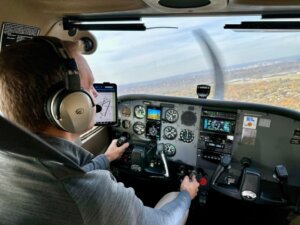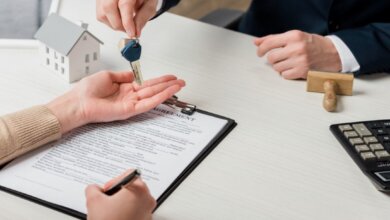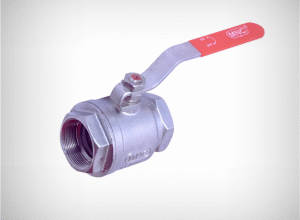Step-by-Step Guide to Obtain Your Private Pilot License

Getting a Private Pilot License (PPL) in Australia is an exciting goal for anyone wanting to fly recreationally or as a first step toward a professional aviation career. This licence allows you to fly a single-engine aircraft with passengers during the day in good weather conditions. Here’s a clear, step-by-step breakdown of the process.
1. Meet the Basic Eligibility Criteria
To begin, you must be at least 17 years old and have a good understanding of English. You’ll also need to pass a medical check. This involves obtaining a Class 2 medical certificate from a Designated Aviation Medical Examiner (DAME). Some schools may accept a Recreational Aviation Medical Practitioner’s Certificate (RAMPC), but it has restrictions.
2. Complete an RPL First
In most cases, you’ll first need a Recreational Pilot Licence (RPL). This licence allows limited flight privileges and is typically the first stage of pilot training. It usually takes about 25 hours of flying. After completing the RPL, you can progress to PPL training.
3. Choose Your Training Program
There are two types of training programs available: integrated and non-integrated.
- Integrated training is full-time and combines flight and theory lessons.
- Non-integrated training is more flexible, typically part-time, and allows you to complete the theory and flying components separately.
Either way, you’ll need to train through a school approved by the Civil Aviation Safety Authority (CASA). Some popular schools include Basair, Soar Aviation, and Learn to Fly.
4. Complete the Required Flight Hours
To qualify for a PPL, you must complete at least 40 hours of flight training in an aeroplane. This includes:
- 10 hours of solo flying
- 5 hours of solo cross-country flying
- 2 hours of instrument flying (instructor-led)
Many students complete around 50 to 60 hours in total before attempting the final flight test.
5. Pass the PPL Theory Exam
Before your final flight test, you must pass the PPL theory exam. This test covers air law, meteorology, navigation, flight planning, and aircraft performance. The exam is conducted under CASA guidelines and has a minimum pass requirement of 70%.
6. Pass the Flight Test
Once your training is complete, a CASA-approved testing officer will conduct your final flight test. You’ll be assessed on your ability to safely operate the aircraft, handle emergency procedures, and complete a navigation flight. A successful result means you’re ready to receive your PPL.
7. Understand the Costs and Timeframe
The cost to obtain a PPL in Australia ranges from AUD 25,000 to $35,000, depending on the flight school, aircraft type, and how many hours you need. Full-time students typically complete their studies in two to three months, while part-time students may take six months to a year.
8. What Comes Next?
After earning your PPL, you can fly anywhere in Australia under visual flight rules (VFR). If you wish to expand your flying skills, you can also work toward endorsements, such as night flying or multi-engine aircraft.
Conclusion
Getting a Private Pilot Licence in Australia is a structured process that involves training, exams, and a commitment to learning. While it requires time and money, it offers the freedom to fly across the country and the potential to advance further in the aviation industry. If you’re serious about becoming a pilot, the first step is to connect with a CASA-approved flight school and start your journey in the skies.



